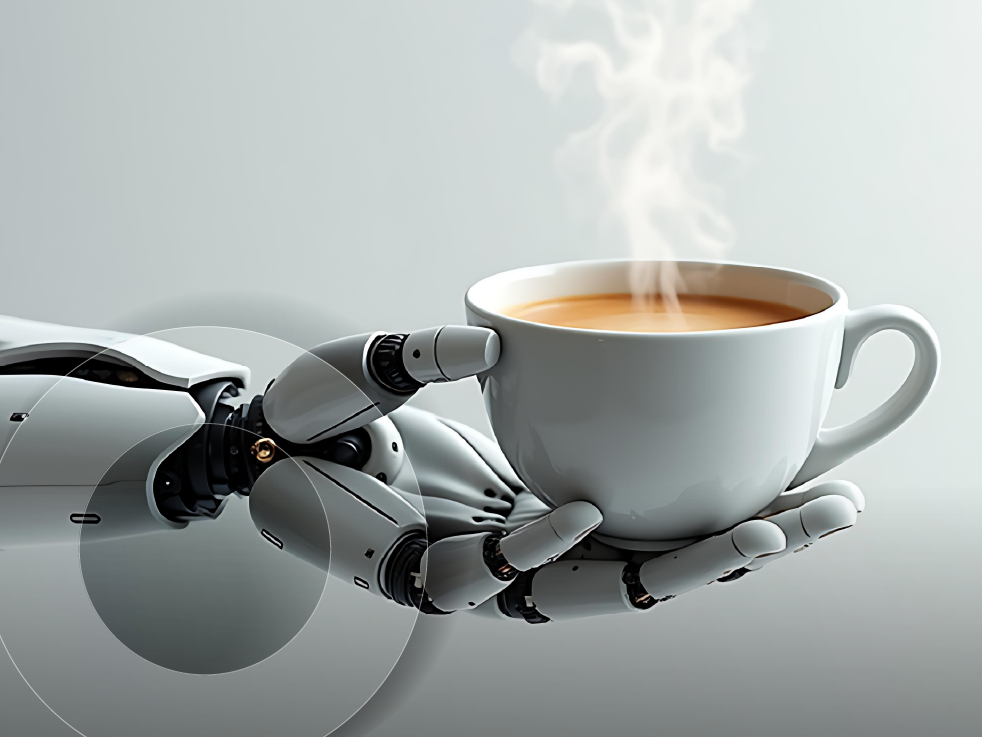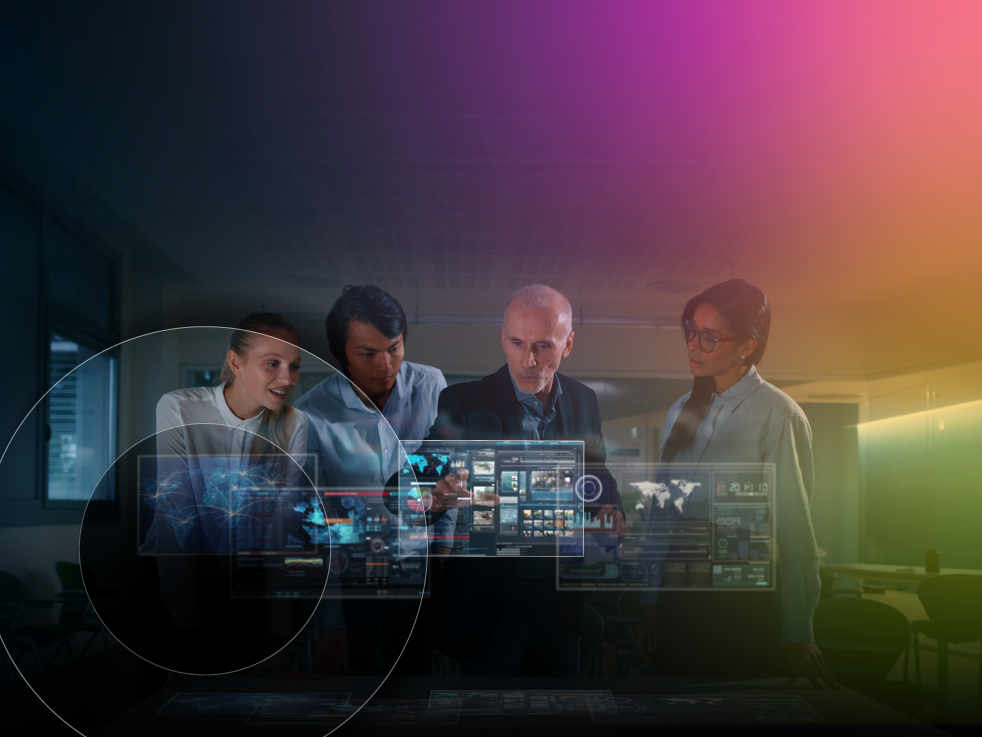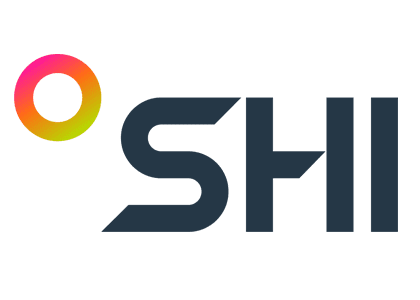Agentic AI is more than a chatbot. It’s a powerful, autonomous tool:
Save time and effort with automated AI that often operate entirely in the background.

The world of artificial intelligence is evolving rapidly, with new paradigms redefining how businesses operate and interact with technology. Among these advancements, agentic AI stands out as a revolutionary force, capable of transforming workflows, decision-making, and enterprise automation.
To fully understand its impact, it’s essential to distinguish agentic AI from its predecessors – chatbots and copilots – and explore how platforms like Microsoft Copilot Studio are leveraging this technology to shape the future of work.
Chatbots: Great for basic, reactive tasks
Chatbots are the earliest form of AI-driven assistants, designed to mimic human conversation through text or voice exchanges. These systems are primarily reactive, providing scripted responses to predefined queries.
For example, a chatbot might answer questions like, “What are your store hours?” or “How do I reset my password?” While useful for basic tasks, chatbots lack the ability to reason, adapt, or act autonomously. They function to enhance user interactions within specific applications.
AI copilots: Performing smarter thanks to context
AI copilots represent a significant leap forward from traditional chatbots, acting as intelligent assistants that enhance productivity and creativity across various domains.
Unlike their scripted counterparts, AI copilots are context-aware systems that help users achieve specific goals by leveraging large language models (LLMs) to offer tailored suggestions, retrieve relevant information, and automate predefined workflows.
For instance, consider Microsoft 365 Copilot in PowerPoint. Users can simply describe the content or theme of their presentation, and the AI copilot generates a complete slide deck, including layouts, speaker notes, and even animations. Additionally, it can refine slides with prompts like “make this more visual” or “summarize this section,” saving users hours of manual effort.
Enter agentic AI: The power of autonomy
Agentic AI transcends both chatbots and AI copilots by introducing autonomy, goal-oriented behavior, and adaptive learning. And unlike its predecessors, which require user prompts for every action, agentic AI proactively monitors environments, identifies opportunities for action, and initiates workflows without human intervention.
For example, while a chatbot might provide troubleshooting steps for a device issue, agentic AI could analyze real-time images of the device, cross-reference historical data, and autonomously resolve the problem.
Importantly, this autonomy doesn’t unfold like a traditional chat interaction. Instead, these processes often occur entirely in the background, driving efficiency without user involvement.
How agentic AI works
The foundation of agentic AI’s proactive capabilities lies in trigger-action models available in platforms like Microsoft’s Power Automate. Triggers initiate automated processes based on specific events, while actions define the steps required to complete the desired outcome. This framework enables businesses to create sophisticated autonomous agents that can react to real-world scenarios in real time.
In addition to triggers and actions, descriptions and directions play a crucial role in providing agents with the necessary context to make informed decisions. By incorporating detailed instructions, conditions, and logic, developers can guide agents in executing tasks with greater precision. This ensures agents not only know when to act but also understand how to handle exceptions, dependencies, and dynamic scenarios effectively.
By leveraging triggers, actions, and descriptive logic, organizations can unlock hyperautomation – the strategic combination of AI, automation platforms, and advanced data integration to create end-to-end process automation that scales across the enterprise. This approach allows organizations to automate tasks that were once considered too complex, dynamic, or fragmented to streamline effectively.
Practical example: Automated employee onboarding
Imagine a scenario where a new hire joins your organization. Traditionally, this process involves multiple manual steps – HR updates databases, IT provisions equipment, and managers schedule training sessions – all requiring human oversight. With software like Copilot Studio and Power Automate, this process can become fully autonomous.
Here’s how:
- Trigger recognition: The system detects the new hire’s entry into the HR database (e.g., Workday) and initiates onboarding workflows automatically.
- Personalized outreach: It sends a welcome message via Teams with links to orientation materials and an interactive form for equipment preferences.
- Cross-functional coordination: The agent submits procurement requests to IT for equipment provisioning, books training sessions via Outlook Calendar integrations, and schedules introductory meetings with mentors.
- Adaptive problem-solving: If equipment is unavailable due to stock shortages, the agent autonomously identifies alternatives within budget constraints and seeks approval through Teams.
This level of automation not only accelerates onboarding but ensures consistency across departments while freeing up employees to focus on strategic tasks.
How to get started with agentic AI
For many organizations, Microsoft Copilot Studio is a great way to accelerate the implementation of autonomous agents, but getting started can still seem intimidating. To achieve success, focus on three critical areas:
- Finding value: Identify high-impact processes where automation can deliver the greatest value, such as customer support, supply chain management, or finance.
- Providing the right governance: Establish clear management frameworks that prioritize security, compliance, and ethical considerations.
- Curating data sources: Ensure agents have access to accurate, high-quality data to make informed decisions and drive meaningful outcomes.
At SHI, our Advanced Solutions Group (ASG) and team of Microsoft experts are well equipped to help you integrate and adopt agentic AI through platforms that bring them to life – including Copilot Studio and Power Automate.
The success of your agents depends on thoughtful planning – which is where SHI’s Power Platform Ideation Lab can help.
We’ll educate you on the comprehensive, customizable capabilities of the Microsoft Power Platform, including Copilot Studio. Then, we’ll quickly help you generate ideas, evaluate blueprints for success, and help you bring your solution to life.
By embracing agentic AI and leveraging Power Automate’s trigger-action framework, you can unlock unprecedented efficiency, innovation, and growth in your digital transformation journey.
To learn more about agentic AI and how you can leverage this technology through Power Automate, contact SHI’s experts today.




